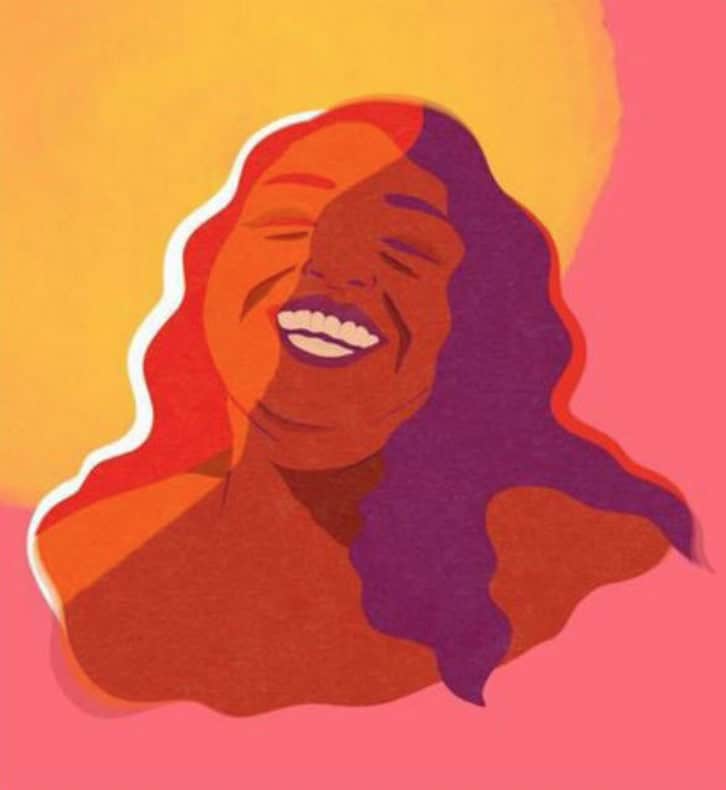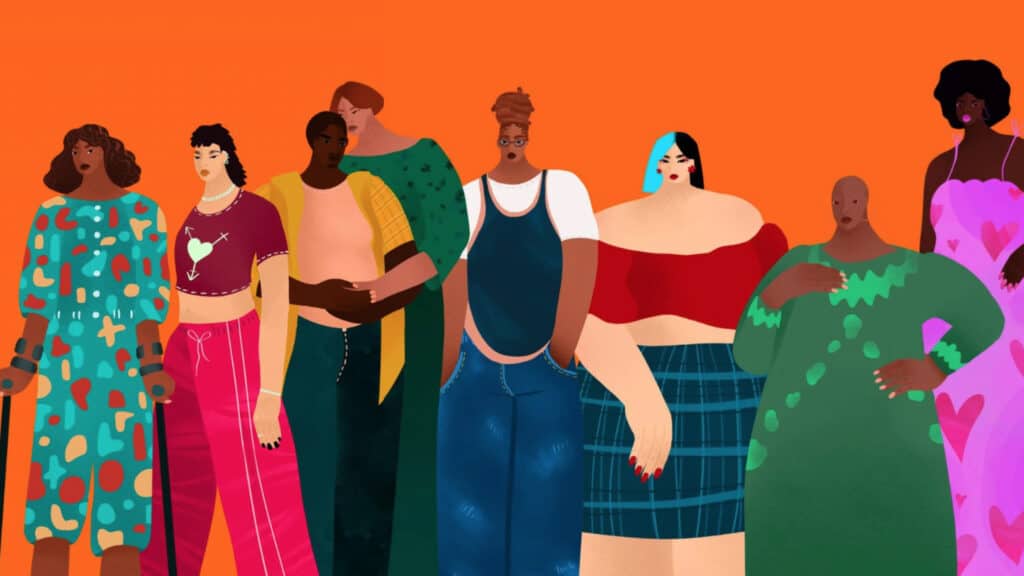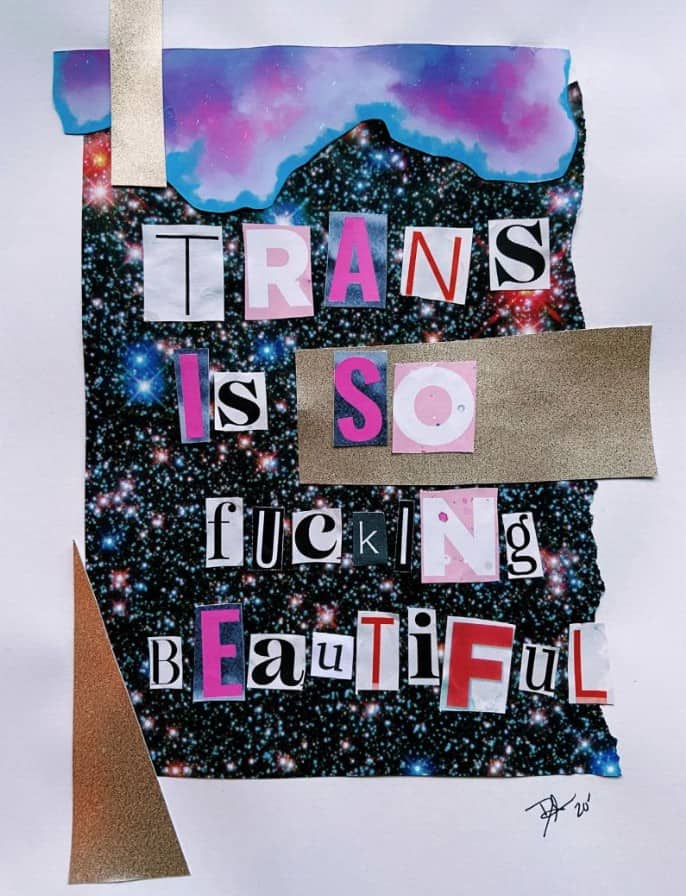LGBTQIA+ Archives at Elon and Beyond
Elon University
TransLash Zine was included in this guide for conducting primary source research using Elon’s institutional archives.

Community-sourced publications of uncensored art, writing, and photography
Volume 6
Day by day, the attacks on trans kids grow louder, and more anti-trans bills keep moving through state legislatures. We illuminate how the right wing has fueled these bills by generating a breathtaking and wide-ranging disinformation campaign.



You can read & share the digital editions of our zine anytime for free, right here on this page, as well as on Issuu. To order print editions of our zine, just click the “ORDER PRINT” button beneath each issue in the “ISSUES” section of this page, and our printing & shipping partner Peecho will process your order.
The $20 cost for each print edition helps to pay our contributors for their art, writing, and photography. Each person is paid $250+ for their submission. Every issue of our zine costs over $4,000.00 to produce, factoring in all contributor payments and production costs. We want to continue paying our contributors fairly for their labor, so the $20 price point reflects how we value their artistry, and the quality of the zine (matte cover, full color, etc.). For TGNC siblings who want to purchase a print version of one of our zines but can’t afford the $20 price point, please send us a message and we will provide a discount code upon request.
Yes. For orders of 5 items or more, the per unit price drops from $20 to $18. For orders of 50 items or more, the per unit price drops to $16. You can see the full range of bulk order discount options on each order page, such as here for ‘Migration Stories’.
Team TransLash needed an order fulfillment solution that was reliable, could ship worldwide, and could receive multiple currencies beyond USD. When a local solution provides an affordable option for us, we will consider switching. Send us your recommendations!
It can take up to 5 working days to manufacture your zine(s). You will receive an email notification from Peecho when the package is ready to be shipped, including an estimate for the delivery time. Depending on the destination worldwide, we expect that your order might take an additional 2-3 weeks to arrive due to supply chain delays related to COVID-19. Thank you for your patience and understanding!
We do not offer refunds except in specific circumstances. Please send us a message (or DM us at @translashmedia) and we will do our best to work with you to resolve the issue.
Please use the pre-order form below on this page to submit your inquiry. Thank you!
Our printing partner Peecho makes ordering worldwide quick and easy, and ships the best possible quality product.
LGBTQIA+ Archives at Elon and Beyond
TransLash Zine was included in this guide for conducting primary source research using Elon’s institutional archives.

Zine Making at WPI: Digital Zine Archives
These digital zine archives and libraries contain digitized zines created by more than one zine creator or distro (zine distributor). We appreciated TransLash Zine being featured!

Your contribution supports bold journalism and storytelling that honors the dignity of trans people. Our community makes our work possible—thank you for joining us!